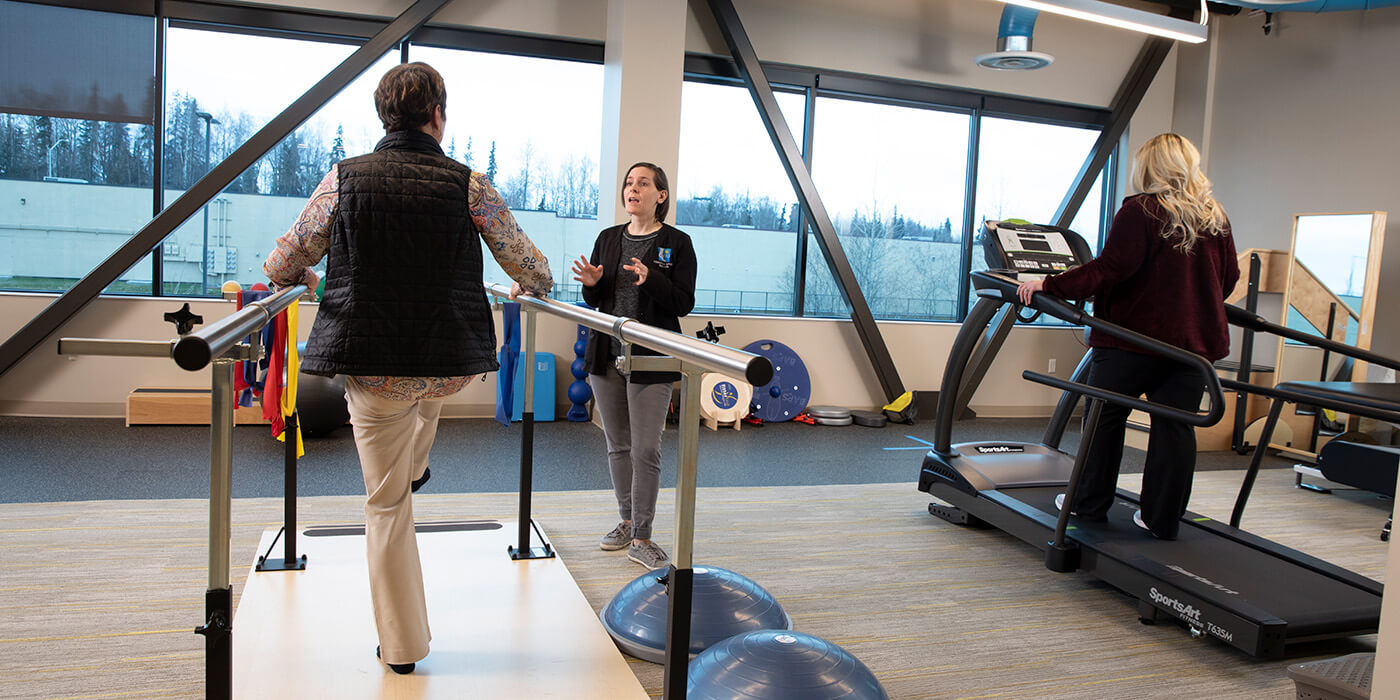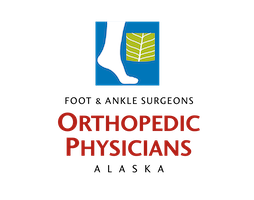
Peripheral Arterial Disease
Commonly referred to as “poor circulation,” peripheral arterial disease (PAD) is the restriction of blood flow in the arteries of the leg. When arteries become narrowed by plaque (the accumulation of cholesterol and other materials on the walls of the arteries), the oxygen-rich blood flowing through the arteries cannot reach the legs and feet.
The presence of PAD may be an indication of more widespread arterial disease in the body that can affect the brain, causing stroke, or the heart, causing a heart attack.
Most people have no symptoms during the early stages of PAD. Often, by the time symptoms are noticed, the arteries are already significantly blocked.
Common symptoms of PAD include:
• Leg pain (cramping) that occurs while walking
• Leg pain (cramping) that occurs while lying down
• Leg numbness or weakness
• Cold legs or feet
• Sores that will not heal on toes, feet or legs
• A change in leg color
• Loss of hair on the feet and legs
• Changes in toenail color and thickness
If any of these symptoms are present, it is important to discuss them with a foot and ankle doctor. Left untreated, PAD can lead to debilitating and limb-threatening consequences.

